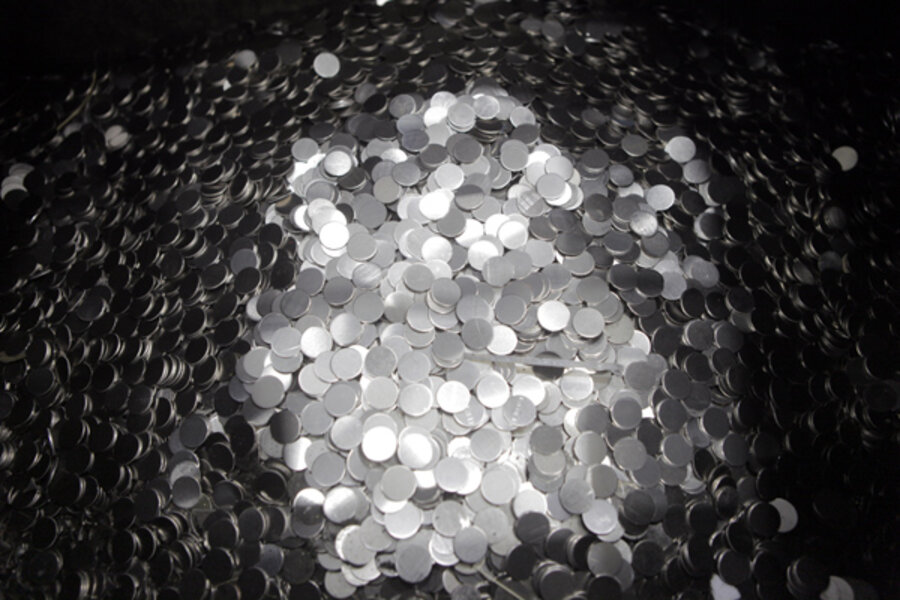Philadelphia Mint reveals how it makes 12 pennies per second
Loading...
| PHILADELPHIA
The last time the U.S. Mint in Philadelphia upgraded its public exhibits, Richard Nixon was in the first year of his presidency and The Beatles had just performed their final concert.
On July 3, the Philadelphia Mint opens to the public with a new $3.9 million self-guided tour that is the first update since 1969. The two-level exhibit includes displays of artifacts and coins from the Mint's earliest days, as well as windows overlooking the production floor with new touch screens and interactive features that describe the coin-making process.
"I hate to use the term embarrassment, but it was an embarrassment," Mint spokesman Tom Jurkowsky said of the Woodstock-era former exhibition. "What we do touches every American, and the people who work here have pride and passion in what they do, and we wanted to tell that story."
The first level of the exhibit highlights the Mint's history with artifacts from enormous bullion scales and coin presses to oversized coin design mock-ups sculpted by the Mint's team of staff artists. Also on display are elaborate iron gates from the former Mint building in Philadelphia that operated from 1901 to 1968.
On the upper level, windows 40 feet above the production floor show a small portion of the sprawling 60,000-square-foot plant and touch screens explain how 6,000-pound metal rolls go through a cookie cutter-like press that punches out coin-sized blanks, which are heated, washed and stamped on front and back. An inspector spot-checks each coin batch and the coins are machine-counted and poured into huge bags that end up in banks nationwide.
"The goal today is 8 million pennies in one shift," said Joe Falls, head of coining operations for the Mint. The coins are stamped so quickly — for pennies it's about 750 a minute — that they're warm as they emerge from the stamping machine and fall onto a conveyor belt.
The Mint closed in January for the installation of the exhibit, which took about a year and a half to research, design and build. Quatrefoil, a Laurel, Md.-based company that designs and creates exhibition spaces for museums, was chosen for the job.
Jurkowsky said that the exhibition space could expand if additional funding becomes available in the future. The Denver Mint is the only one beyond Philadelphia that is open to the public for tours.
The country's oldest and largest Mint, the Philadelphia facility sees about 250,000 visitors annually — many of whom expressed their disappointment with the old exhibition space, officials said.
"We think people will be pleasantly surprised," Jurkowsky said. "This is a completely different experience from what they'll remember."







